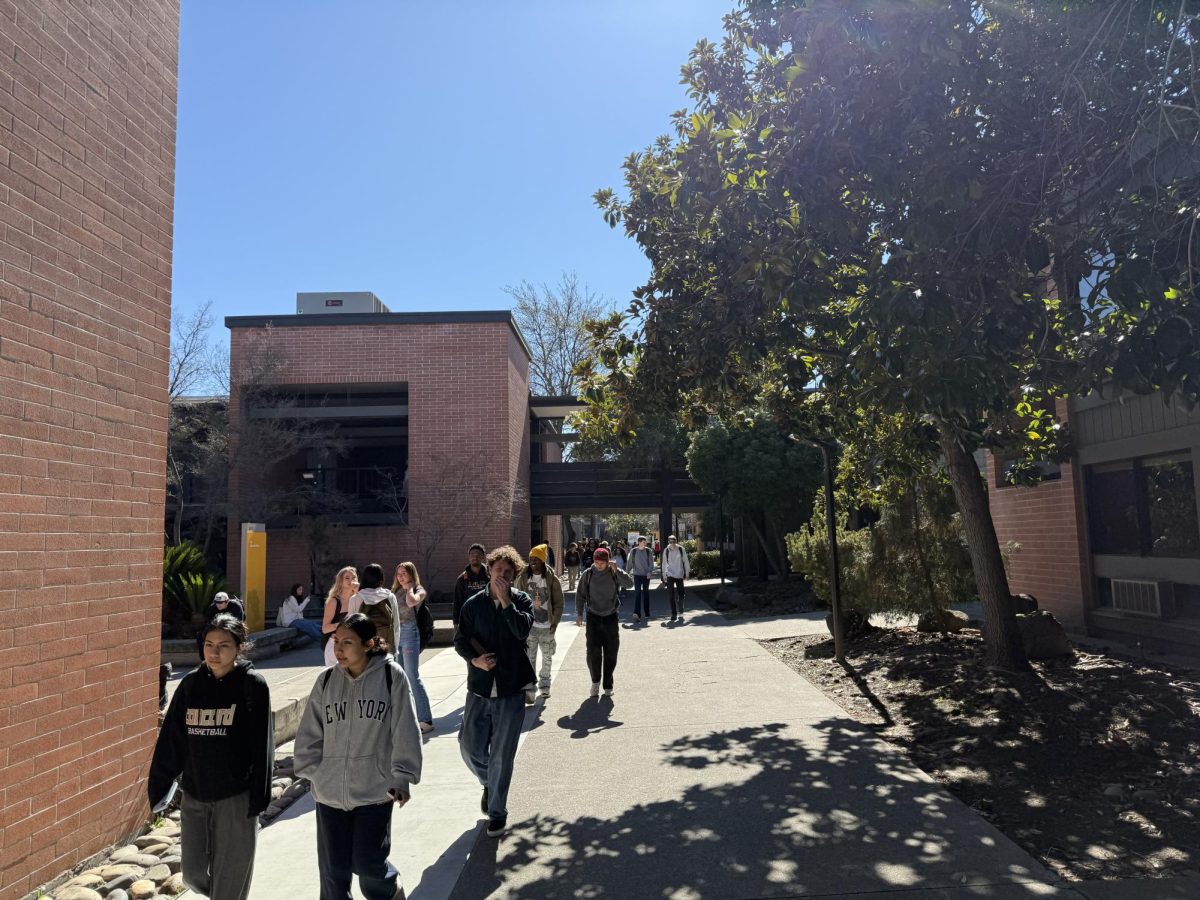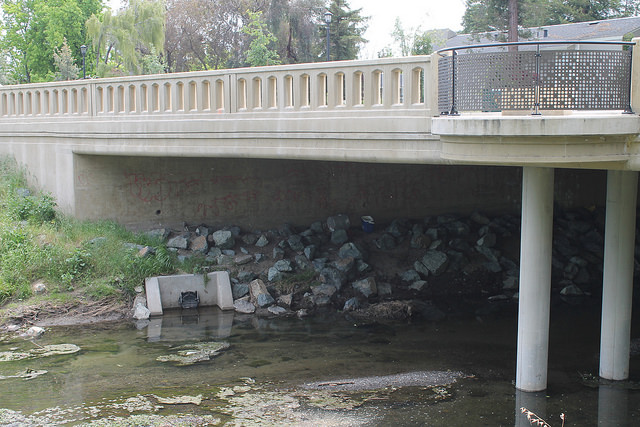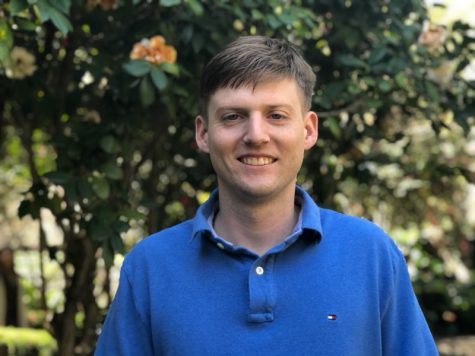Homeless students on the rise in community colleges
This area near DVC is part of a park in Pleasant Hill, Calif.
May 18, 2017
After a long day of classes at Diablo Valley College students just want go home and relax. While a majority of students around the nation are able to drive home and unwind, unfortunately, 14 percent of the national student body in community college does not have a permanent living space to call their own.
In 2016, a nationwide homeless and food scarcity study done by the Wisconsin Hope Lab and the Association of Community College Trustees, found an increase in homeless students attending community colleges. The study found one in 10 students nationwide do not have a permanent living space, and one in 20 students in suburbs, (5 percent), are either homeless on the street or couch surfing at a friend’s house.
Beth Hauscarriague, dean of Counseling and Enrollment Services at DVC, has been working throughout the country; helping displaced students and homeless people in county hospitals and other universities for over 37 years.
“Sometimes people travel thousands of miles just to experience the stories they hear about the community in Berkeley. When they find out how hard it is to afford housing and food, tragedy happens. Thousands of people are being discharged from a hospital or jail every day without a confirmed place to live.”
The Wisconsin Hope Lab study found the homeless rate for former foster youth was even higher: 30 percent. What’s more, one-third of the students experiencing food or housing insecurity were both working and on financial aid.
Lack of affordable housing and a nation unwilling to build more cities and highways has created a terrible situation where one-third of disenfranchised students are working and receiving financial aid but still cannot find a secure place to live.
Institutions such as hospitals, correction facilities, jails, universities and other government programs are ignoring peoples’ ability to find shelter after being released.
Hauscarriague describes why our society ignores such a massive issue.
“Since many institutions do not ask about housing displacement after being released into the public, we cannot track and identify (a homeless person). Homelessness is a dirty word that no one wants to discuss. Stereotypes exist of people who are homeless, some of the most admiral people I know, were homeless.”
When asked for information about homeless statistics at DVC, multiple administrators as well as police officers could not publicly discuss any information regarding homeless and transient students.
“When homeless or transient (couch surfing) students register for college they sometimes use a friend’s house or an old address. The lack of information we can gather, combined with ensuring student confidentiality, makes disclosing personal information such as homeless numbers for a particular university, an impossibility. Essentially, the only way we can know if a student is homeless or displaced is if they either request tuition fee assistance or come in contact with police,” said Hauscarriague.
Over the last three months, there have been multiple cases of homeless or transient people near the DVC campus and surrounding Pleasant Hill community, coming into contact with the Pleasant Hill and DVC police. Some of the reports from March read:
“30 Golf Club Road / Contra Costa Blvd. Pleasant Hill. Transient female asleep behind business refusing to leave. Local transient contacted and determined she had already been served a PC 602, Trespass form on 3-1-17.”
“707 Contra Costa Blvd. / Golf Club Road, Pleasant Hill. Caucasian Homeless persons loitering IFO Safeway. NFD.”
“1946 Contra Costa Blvd. / Woodsworth Ln. Pleasant Hill. Hosanna 1HR Cleaner. Homeless males fighting in the back near a dumpster.”
“1978 Patricia Dr. / Mazie Dr. Pleasant Hill. Concerned about transient subjects who are staying at the house across the street while the owner is in the hospital. She does not think they have permission to be there.”
Across Golf Club Road, near the old DVC Plaza, there is a transient homeless community living in Chilpancingo Park and along the trail next to Grayson Creek. The park is covered in trash, bicycles, tents and make-shift sleeping areas.
“This is our home. It pisses me off that people think we’re artistic or choose to live like this. We’re the bottom of the bottom. Some older guys around here are much more aggressive towards regular people since everything around here is most likely stolen,” said Barney, a 24-year-old homeless student, who lives in the community and wishes to remain anonymous.










































































